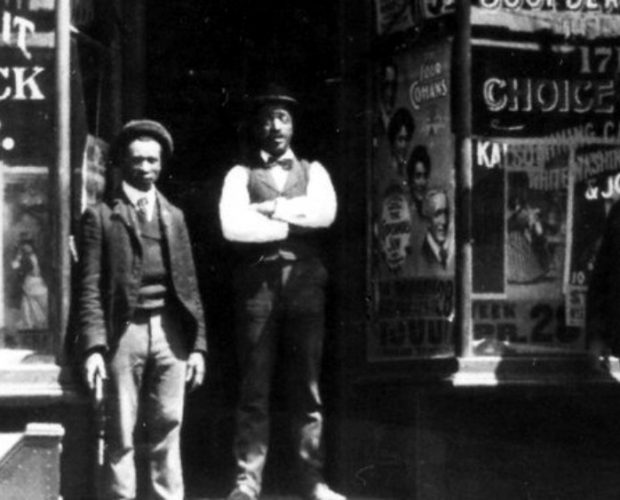Story by Adreon Patterson
Before Black Wall Street in Oklahoma and Seneca Village in NY, Weeksville served as a haven for free African Americans after the abolishment of slavery in New York before the Emancipation of Proclamation.
The land was originally owned by the John Lefferts estate before the family sold it off to free African Americans for undisclosed amounts. Namesake James Weeks, a longshoreman, purchased the land from Black land investor and abolition leader Henry C. Thompson for $250. The area was bounded by Fulton Street, East New York Avenue, Ralph Avenue and Troy Avenue.
Weeksville was a status of economic and political freedom by Black investors and activists. By the 1850s, the community was home to over 500 residents with churches, a school, cemetery and old age home. It boasted one of the nation’s first African American newspapers Freedman’s Torchlight. The community was a hotbed of abolition activity as it became a refuge for Black Manhattanites during the 1863 New York Draft Riots.
The community was eventually absorbed into Brooklyn as residents adjusted or left. It became a part of current Brooklyn neighborhoods Crown Heights and Bedford Stuyvesant after the completion of the Brooklyn Bridge by the 1930’s.
After the publication of Brooklyn’s Eastern District in 1942, historian James Hurley led a search for the village in conjunction with the Pratt Institute. This led to the discovery of four original homes known as the Hunterfly Road Houses, which were declared an NYC landmark in 1970 and the National Register of Historic Places in 1971 due to Brooklyn resident Joan Maynard’s perseverance. For the more on the historic district, the Weeksville Heritage Center can be contacted at (718) 756-5250 Extension 300 or info@weeksvillesociety.org.
Seeing interest in this historic area serves as a reminder that Black economic and political power in combination with ownership can lead to self-sufficiency within the community.

